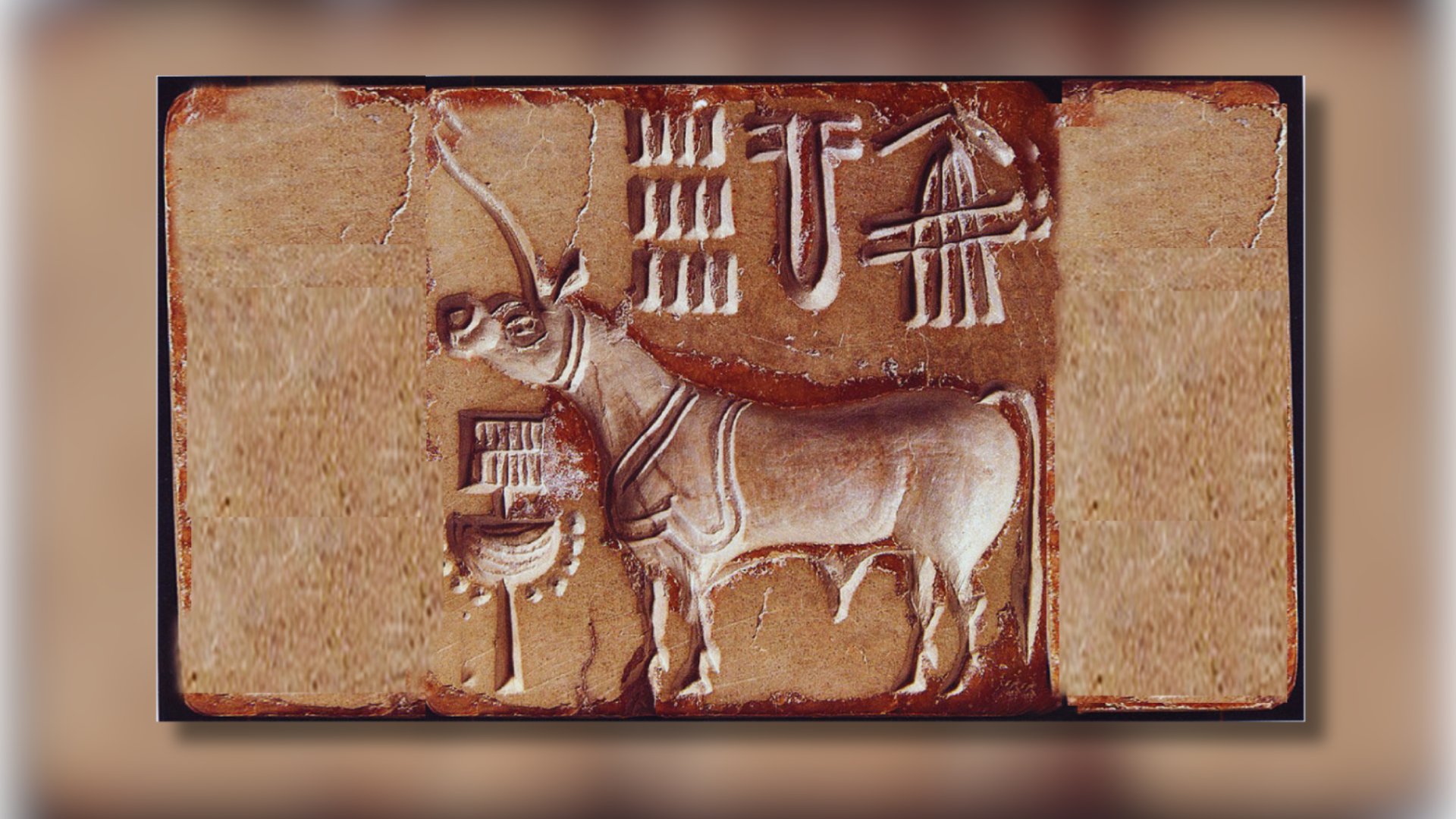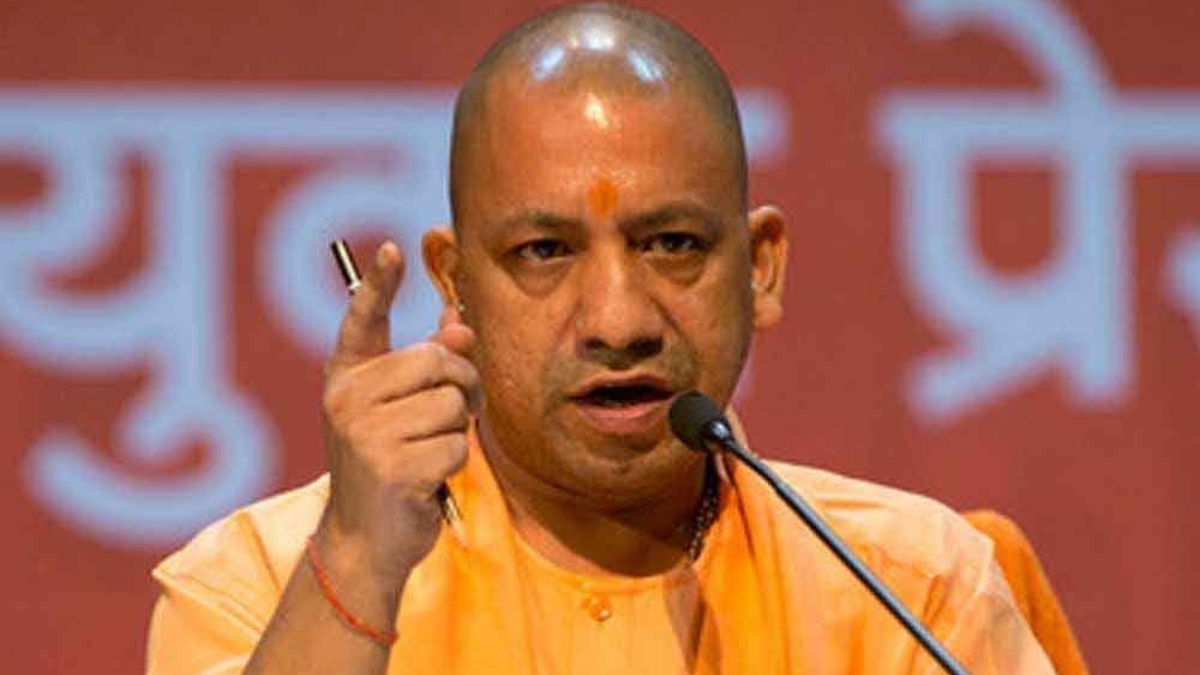


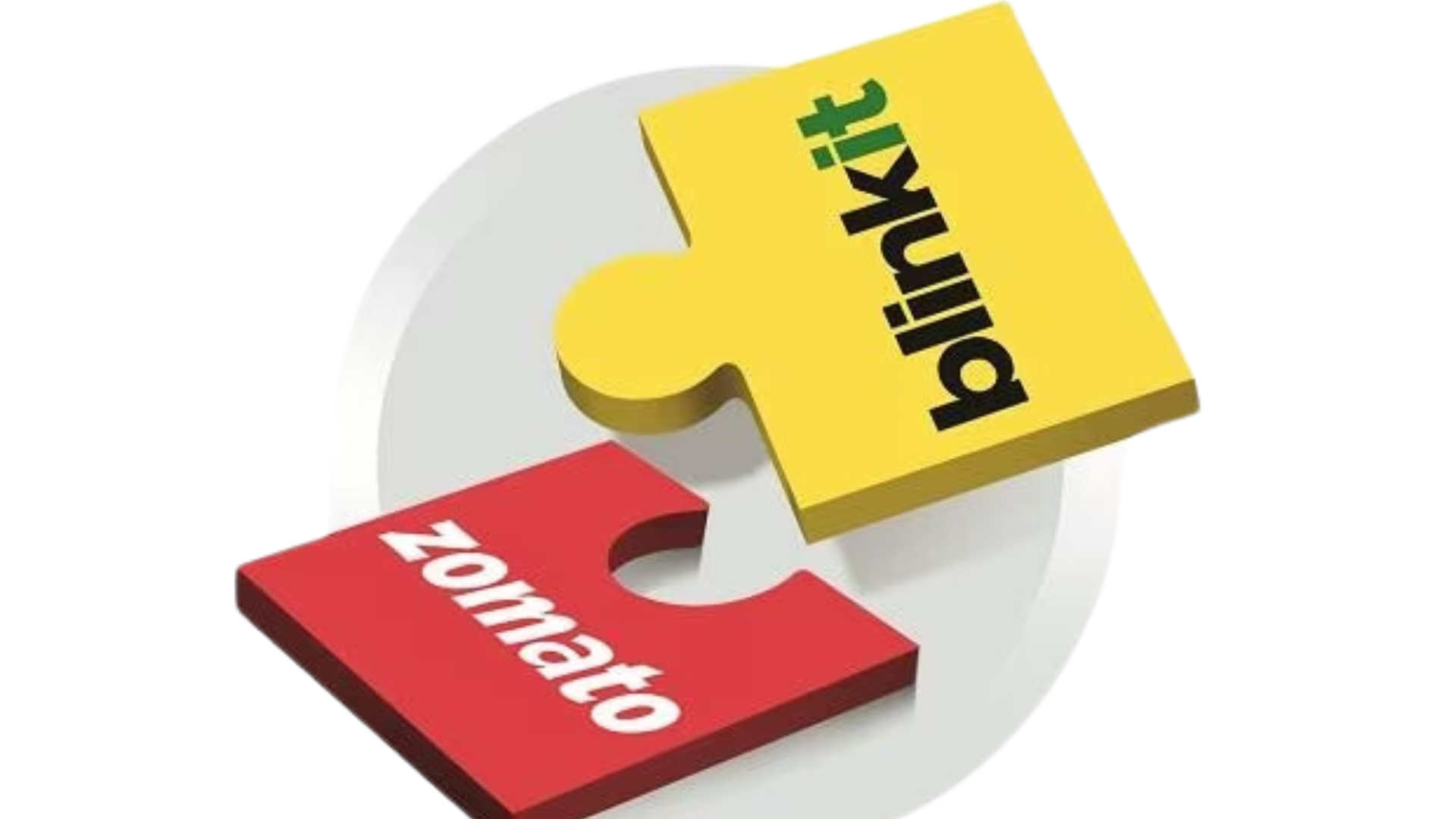

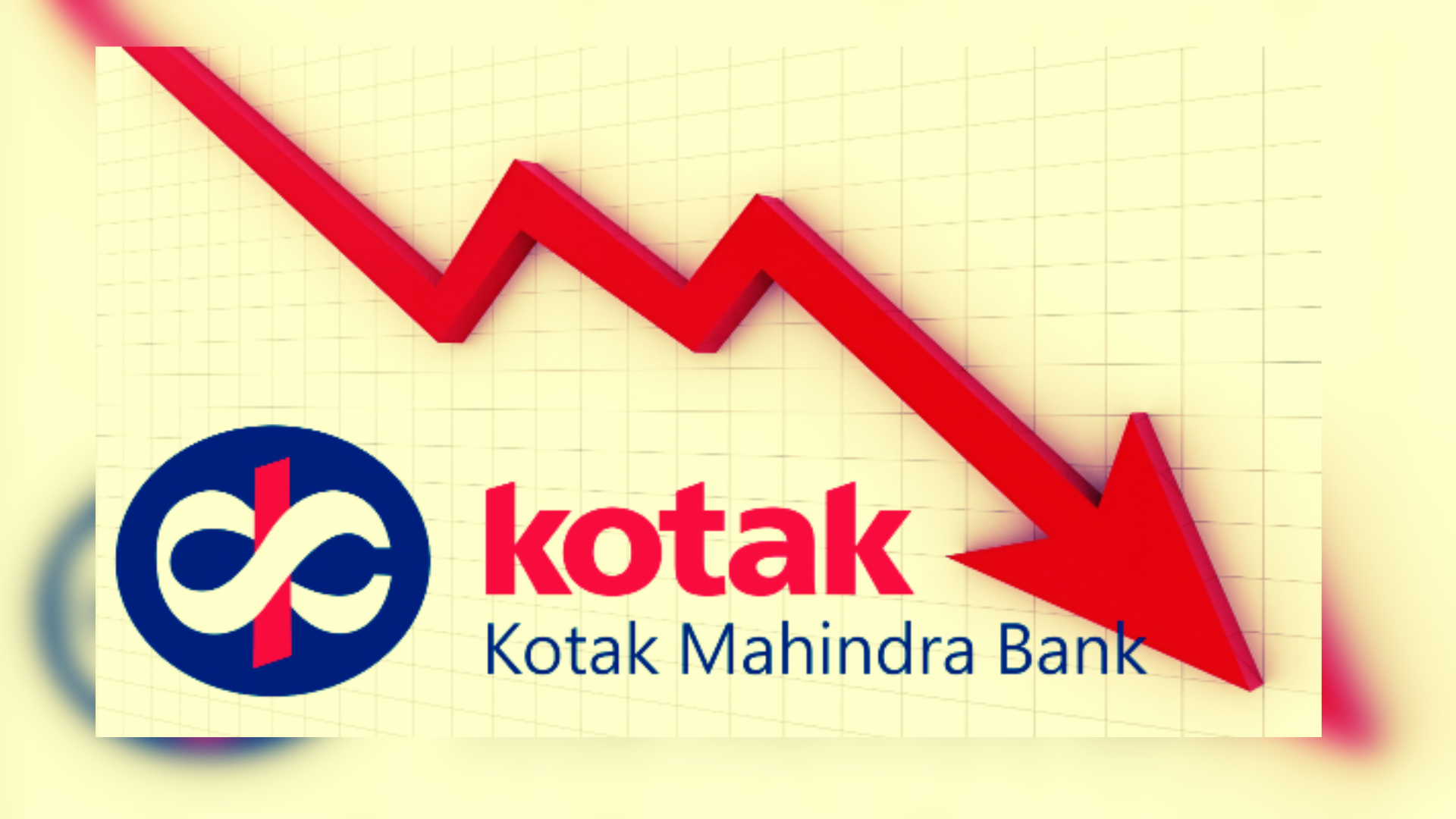




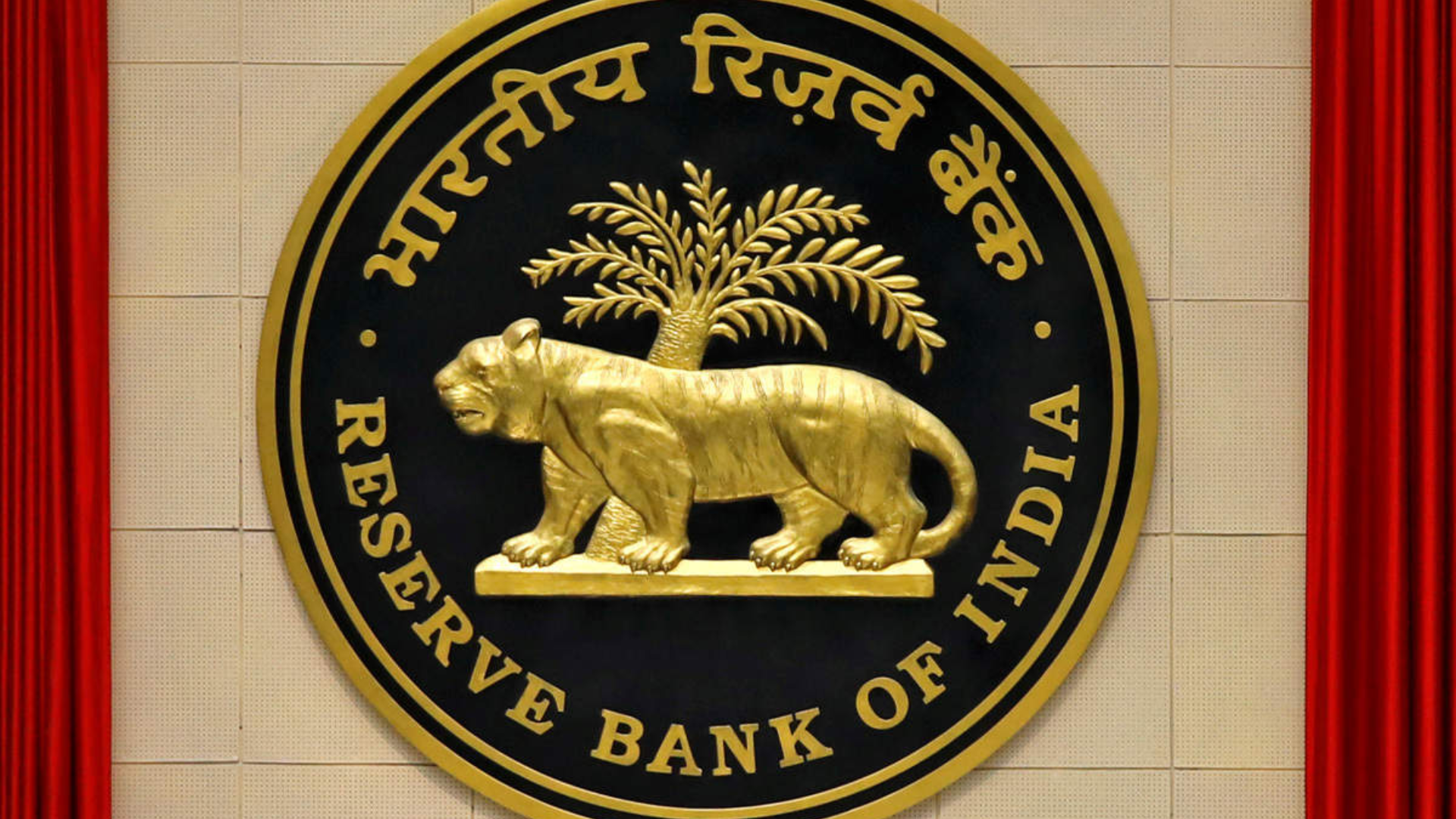
The Reserve Bank of India (RBI) has continued its trend of accumulating gold reserves, standing out with a substantial increase in holdings. Recent weekly data from the RBI revealed a noteworthy addition of 6 tonnes in gold reserves for the month of February alone.
This brings the total gold buying by the RBI for the year to over 13 tonnes, with the total gold reserves now reaching 817 tonnes. India’s consistent efforts to bolster its gold reserves are part of a broader strategy aimed at diversifying its foreign exchange reserves and mitigating risks associated with currency fluctuations and economic uncertainties.
While India remains a significant player in the global gold market, other central banks also contributed to the accumulation in February. Central banks worldwide have been steadily increasing their gold reserves, albeit at a slightly slower pace compared to the previous month.
According to a report from the World Gold Council, global central banks collectively added a net of 19 tonnes of gold to their reserves in February. This marks the ninth consecutive month of growth, although it represents a significant slowdown from January, with a 58 per cent decrease in net purchases.
Emerging market banks, particularly those of India and China, have been leading this trend. The People’s Bank of China (PBoC) emerged as the largest buyer during the month, increasing its gold reserves by 12 tonnes.
Despite the overall trend of accumulation, there were instances of selling as well. However, analysts remain optimistic about the outlook for central bank demand for gold. The broader trend indicates a continued interest among central banks in diversifying their reserve assets, especially amidst geopolitical uncertainties and economic volatility.
Looking ahead, market observers are anticipating the release of the next Gold Demand Trends report in late April. This report will provide comprehensive insights into central bank demand for gold for the entire first quarter of the year.
Overall, while the pace of accumulation may have moderated in February, the underlying trend suggests that central banks, including India’s RBI, remain committed to strengthening their gold reserves as a strategic hedge against global economic uncertainties.

